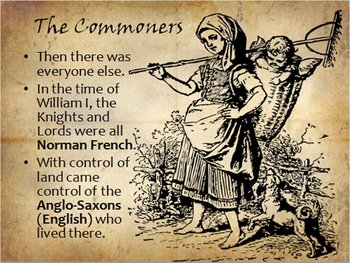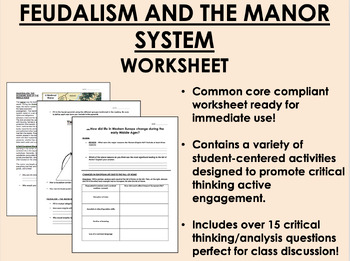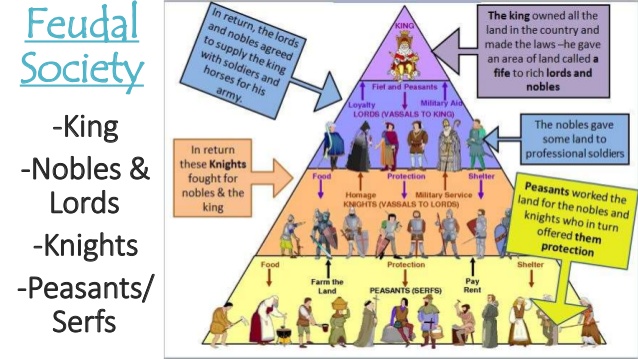


The aristocrat was brought to a chair that had nice goodies. We randomly selected who would be the aristocrat/king. To Play: I made copies of the cards and put them in a paper bag. Would they have enough to support their family and survive the Middle Ages?! Would the get to celebrate up at the castle with a feast day? Would they have to pay taxes to the king? Would they have to provide service to the king? Or, would they catch the plague? After three rounds, they counted how many tokens they had left. Then they had to see what fate had in store for them as they drew one of the cards. For this hard work, they earned some tokens (or M&Ms). They had to work hard in their fields (running). I created about 20 different cards with different scenarios. I wanted the kids to understand the disparity between those peasants who worked the land and the nobility, so I designed a simulation for them to see if they would survive as peasants. What colors are used in the paintings for their clothing? Does this surprise you? Explain.įeudalism Simulation Activity: Will YOU survive the Middle Ages?!! List the jobs you see being carried out by serfs.ĭescribe the serfs’ clothing. In most of the paintings, what is in the background? (They are all in the packet, though I only show a few below.) Some questions we discussed: I chose 10 paintings/illustrations for the kids to examine. We started by looking at some medieval paintings and comparing peasant life and the life of the nobility expressed in these paintings.
#Feudalism in the middle ages worksheet download
The link to download is at the bottom of the post. Here’s a glimpse at some of the feudalism worksheets: We talked a lot about King John (Robin Hood’s nemesis)… and the fact that he was Henry II’s son (as was Richard the Lion-heart, who was off fighting in the Crusades when this novel took place.) And, we also read the entire novel, The Adventures of Robin Hood ( affiliate link), which we all loved. For example, we watched The Lion in Winter (affiliate link) with Katherine Hepburn and Peter O’Toole about Eleanor of Aquitaine and Henry II. The material on the about Henry II, Richard I, and King John went along with some of our other activities (that I talked about in some of our earlier Middle Ages posts). The first page is a review of some of the kings of England. There are also specific notebook pages provided (with teacher notes). There are Middle Ages Event cards which include the major events and people of the Early, High and Late Middle Ages. I made a different Middle Ages and feudalism worksheets for my kids. Nobles could be powerful lords or simply knights. He agreed to serve his lord on certain holidays and special occassions. He acted as a guardian for young children if a vassal died.Ī vassal, meanwhile, gave his lord military service (about 40 days per year).He provided a court of justice to settle dispute.The fief included peasants who worked the land as well as their houses or villages. This could range in size from a few acres to hundreds of square miles. The kids took notes on some notebook pages I made.įeudalism was based on an exchange of rights and duties between nobles.Ī lord provided his vassal with a fief or estate. I made some notebook pages for the kids and we spent some time going over the roles people had in medieval society.

Generally, I read this aloud and we discuss things together.)

These history books are working well for our family. (We used the Early Times: The Story of Ancient China and Native America on the Eve of Discovery: The Story of the First Americans, Book II (affiliate links) history books she wrote as well. So first, a bit about our feudalism worksheets.įor this unit, we are using Early Times: The Story of the Middle Ages, (affiliate link) by Suzanne Strauss Art as our spine. And we also studied of some well-known medieval paintings from that period. We did a simulation of feudalism that helped the kids understand the roles and responsibilities of the various members of society. The kids learned so much from our hands-on activities about feudalism.


 0 kommentar(er)
0 kommentar(er)
